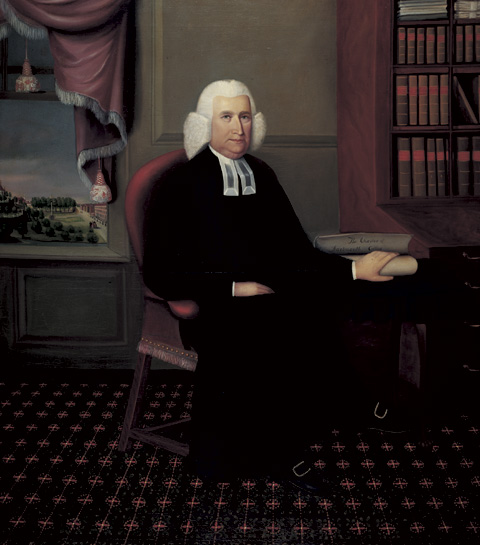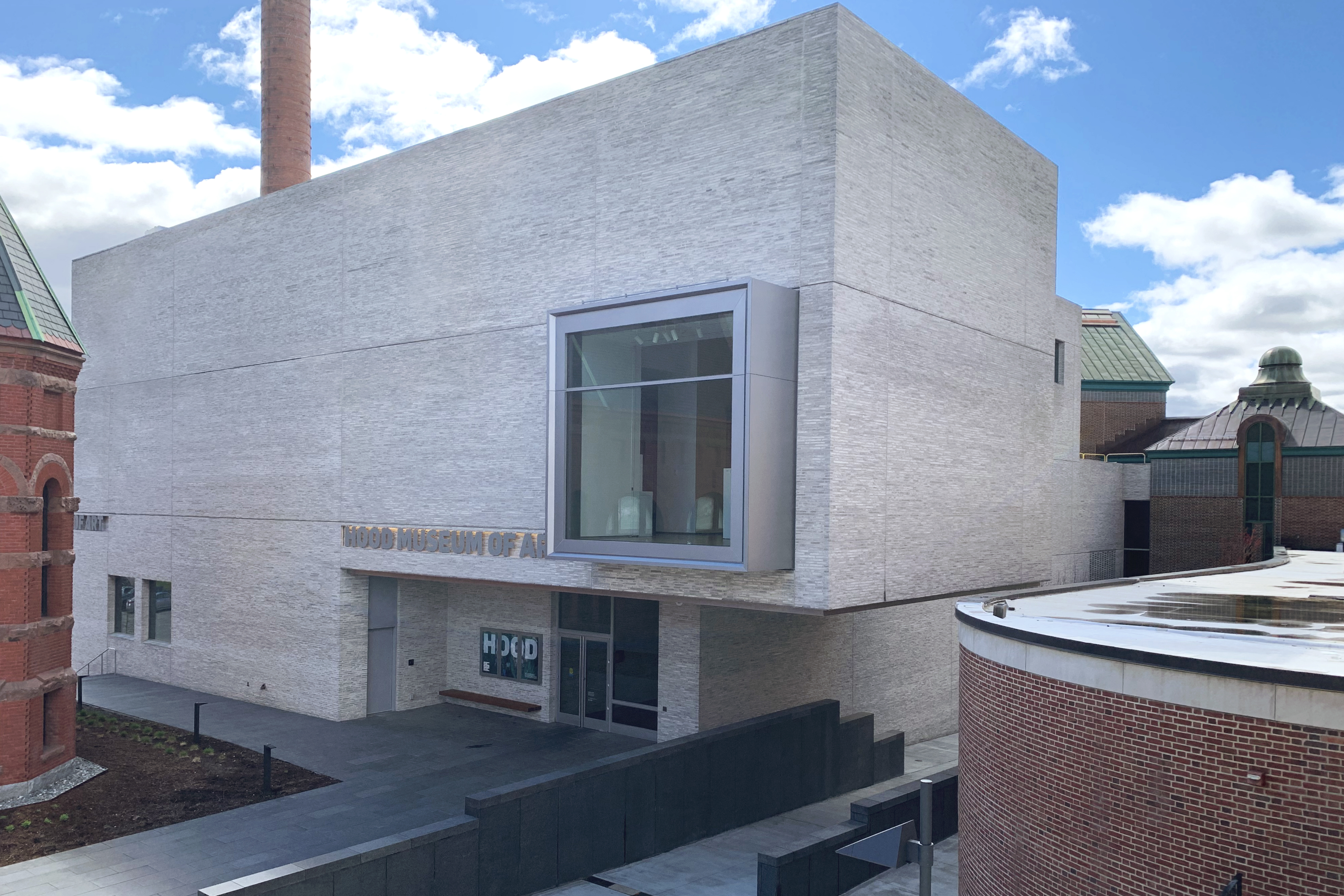|
Pietro Barucci
Pietro Barucci (20 April 1845 – 23 February 1917) was an Italian painter, mainly of landscapes of rural areas around Rome. Biography Born in Rome, he studied at the Accademia di Belle Arti di Roma, where he was a pupil of professor Achille Vertunni. In 1878, he exhibited a landscape at the Accademia and was awarded a medal. He spent most of his career in Rome as a landscape painter; with occasional excursions to the Apennines. Among his other works are paintings of the ''Campagna romana''; ''Palude'', and ''Castelfusano'', at the exhibition of Belle Arti of Rome in 1883. He also had showings in Chicago in 1893, and at the Salon des Indépendants in Paris in 1907. He was the grandfather of architect Pietro Barucci. Works *''Landscape'' Hood Museum of Art, Dartmouth College Dartmouth College (; ) is a private research university in Hanover, New Hampshire. Established in 1769 by Eleazar Wheelock, it is one of the nine colonial colleges chartered before the American ... [...More Info...] [...Related Items...] OR: [Wikipedia] [Google] [Baidu] |
Dartmouth College
Dartmouth College (; ) is a private research university in Hanover, New Hampshire. Established in 1769 by Eleazar Wheelock, it is one of the nine colonial colleges chartered before the American Revolution. Although founded to educate Native Americans in Christian theology and the English way of life, the university primarily trained Congregationalist ministers during its early history before it gradually secularized, emerging at the turn of the 20th century from relative obscurity into national prominence. It is a member of the Ivy League. Following a liberal arts curriculum, Dartmouth provides undergraduate instruction in 40 academic departments and interdisciplinary programs, including 60 majors in the humanities, social sciences, natural sciences, and engineering, and enables students to design specialized concentrations or engage in dual degree programs. In addition to the undergraduate faculty of arts and sciences, Dartmouth has four professional and graduate schools: ... [...More Info...] [...Related Items...] OR: [Wikipedia] [Google] [Baidu] |
Italian Male Painters
Italian(s) may refer to: * Anything of, from, or related to the people of Italy over the centuries ** Italians, an ethnic group or simply a citizen of the Italian Republic or Italian Kingdom ** Italian language, a Romance language *** Regional Italian, regional variants of the Italian language ** Languages of Italy, languages and dialects spoken in Italy ** Italian culture, cultural features of Italy ** Italian cuisine, traditional foods ** Folklore of Italy, the folklore and urban legends of Italy ** Mythology of Italy, traditional religion and beliefs Other uses * Italian dressing, a vinaigrette-type salad dressing or marinade * Italian or Italian-A, alternative names for the Ping-Pong virus, an extinct computer virus See also * * * Italia (other) * Italic (other) * Italo (other) * The Italian (other) * Italian people (other) Italian people may refer to: * in terms of ethnicity: all ethnic Italians, in and outside of Italy * ... [...More Info...] [...Related Items...] OR: [Wikipedia] [Google] [Baidu] |
19th-century Italian Male Artists
The 19th (nineteenth) century began on 1 January 1801 ( MDCCCI), and ended on 31 December 1900 ( MCM). The 19th century was the ninth century of the 2nd millennium. The 19th century was characterized by vast social upheaval. Slavery was abolished in much of Europe and the Americas. The First Industrial Revolution, though it began in the late 18th century, expanding beyond its British homeland for the first time during this century, particularly remaking the economies and societies of the Low Countries, the Rhineland, Northern Italy, and the Northeastern United States. A few decades later, the Second Industrial Revolution led to ever more massive urbanization and much higher levels of productivity, profit, and prosperity, a pattern that continued into the 20th century. The Islamic gunpowder empires fell into decline and European imperialism brought much of South Asia, Southeast Asia, and almost all of Africa under colonial rule. It was also marked by the collapse of the large ... [...More Info...] [...Related Items...] OR: [Wikipedia] [Google] [Baidu] |
19th-century Italian Painters
The 19th (nineteenth) century began on 1 January 1801 ( MDCCCI), and ended on 31 December 1900 ( MCM). The 19th century was the ninth century of the 2nd millennium. The 19th century was characterized by vast social upheaval. Slavery was abolished in much of Europe and the Americas. The First Industrial Revolution, though it began in the late 18th century, expanding beyond its British homeland for the first time during this century, particularly remaking the economies and societies of the Low Countries, the Rhineland, Northern Italy, and the Northeastern United States. A few decades later, the Second Industrial Revolution led to ever more massive urbanization and much higher levels of productivity, profit, and prosperity, a pattern that continued into the 20th century. The Islamic gunpowder empires fell into decline and European imperialism brought much of South Asia, Southeast Asia, and almost all of Africa under colonial rule. It was also marked by the collapse of the large ... [...More Info...] [...Related Items...] OR: [Wikipedia] [Google] [Baidu] |
1917 Deaths
Events Below, the events of World War I have the "WWI" prefix. January * January 9 – WWI – Battle of Rafa: The last substantial Ottoman Army garrison on the Sinai Peninsula is captured by the Egyptian Expeditionary Force's Desert Column. * January 10 – Imperial Trans-Antarctic Expedition: Seven survivors of the Ross Sea party were rescued after being stranded for several months. * January 11 – Unknown saboteurs set off the Kingsland Explosion at Kingsland (modern-day Lyndhurst, New Jersey), one of the events leading to United States involvement in WWI. * January 16 – The Danish West Indies is sold to the United States for $25 million. * January 22 – WWI: United States President Woodrow Wilson calls for "peace without victory" in Germany. * January 25 ** WWI: British armed merchantman is sunk by mines off Lough Swilly (Ireland), with the loss of 354 of the 475 aboard. ** An anti-prostitution drive in San Francisco occurs, and police ... [...More Info...] [...Related Items...] OR: [Wikipedia] [Google] [Baidu] |
1845 Births
Events January–March * January 10 – Elizabeth Barrett receives a love letter from the younger poet Robert Browning; on May 20, they meet for the first time in London. She begins writing her ''Sonnets from the Portuguese''. * January 23 – The United States Congress establishes a uniform date for federal elections, which will henceforth be held on the first Tuesday after the first Monday in November. * January 29 – ''The Raven'' by Edgar Allan Poe is published for the first time, in the '' New York Evening Mirror''. * February 1 – Anson Jones, President of the Republic of Texas, signs the charter officially creating Baylor University (the oldest university in the State of Texas operating under its original name). * February 7 – In the British Museum, a drunken visitor smashes the Portland Vase, which takes months to repair. * February 28 – The United States Congress approves the annexation of Texas. * March 1 – President John Tyler signs a bill authorizing ... [...More Info...] [...Related Items...] OR: [Wikipedia] [Google] [Baidu] |
Hood Museum Of Art
The Hood Museum of Art is owned and operated by Dartmouth College, located in Hanover, New Hampshire, in the United States. The first reference to the development of an art collection at Dartmouth dates to 1772, making the collection among the oldest and largest, at about 65,000 objects, of any college or university museum in the United States. The Hood Museum of Art officially opened in the fall of 1985. The original building was designed by Charles Willard Moore and Chad Floyd. In March 2016, the museum closed for a major expansion and renovation designed by Tod Williams Billie Tsien Architects. The museum reopened to the public on January 26, 2019, with more gallery and office spaces as well as a welcoming new atrium. It also added the Bernstein Center for Object Study, which houses three smart object-study rooms, an object-staging room, and curatorial and security offices, all accessible to Dartmouth faculty and students via an entrance set parallel to the doors to the galle ... [...More Info...] [...Related Items...] OR: [Wikipedia] [Google] [Baidu] |
Pietro Barucci Rastende Hirten In Der Römischen Campagna
Pietro is an Italian masculine given name. Notable people with the name include: People * Pietro I Candiano (c. 842–887), briefly the 16th Doge of Venice * Pietro Tribuno (died 912), 17th Doge of Venice, from 887 to his death * Pietro II Candiano (c. 872–939), 19th Doge of Venice, son of Pietro I A–E * Pietro Accolti (1455–1532), Italian Roman Catholic cardinal * Pietro Aldobrandini (1571–1621), Italian cardinal and patron of the arts * Pietro Anastasi (1948–2020), Italian former footballer * Pietro di Antonio Dei, birth name of Bartolomeo della Gatta (1448–1502), Florentine painter, illuminator and architect * Pietro Aretino (1492–1556), Italian author, playwright, poet, satirist and blackmailer * Pietro Auletta (1698–1771), Italian composer known mainly for his operas * Pietro Baracchi (1851–1926), Italian-born astronomer * Pietro Bellotti (1625–1700), Italian Baroque painter * Pietro Belluschi (1899–1994), Italian architect * Pietro Bembo (1470–1 ... [...More Info...] [...Related Items...] OR: [Wikipedia] [Google] [Baidu] |
Ruggero Lenci
Ruggero Lenci (born Rome, January 7, 1955) is an Italian architect and Professor of Architectural Design at the Faculty of Civil and Industrial Engineering of the Sapienza University of Rome. Author and director of the Editorial Series "Sustainable Architecture" Gangemi, has collaborated in the writing of entries for the Italian Enciclopedia Treccani: John M. Johansen, I.M. Pei, Paolo Soleri, Bruno Zevi. His theoretical contribution on "Evolution and architecture between science and design" makes a parallel of scientific disciplines and design ones, from which is derived the following: "The morphogenesis of the project summarizes the history of architecture." Among his major contributions: the design of an experimental housing unit built in Favaro Veneto (Venice) following the award at the "Europan 1" competition (1989); four researches on the "Roman Architectural School" that have produced as many monographs on "Studio Passarelli" (2006), "Pietro Barucci" (2009), the "Casa del ... [...More Info...] [...Related Items...] OR: [Wikipedia] [Google] [Baidu] |






